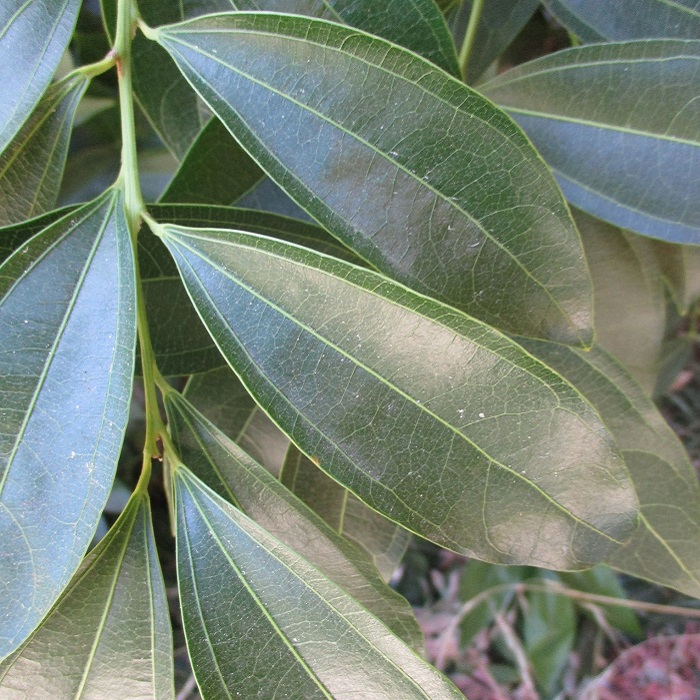UNITED STATES—It is getting close to one of those two unpleasant times of year for the vegetable garden. It happened last spring, and it will happen again this autumn. Plants that so dutifully produced vegetables through the last season must relinquish their space for plants that will produce vegetables for the next season. In autumn, it will be cool season vegetables that replace warm season vegetables.
They are all on their own distinct schedule. Pulling up corn stalks is not so distressing because we know when they are finished. Pole beans, bell peppers and summer squash might make it easy as well, if they start to look shabby as their season ends. Tomatoes are the more unpleasant ones to pull up, since they can continue to produce right up to the end, even as the nights get cooler.
If they were planted on the edge of the vegetable garden, and allowed to grow outside of the space needed for incoming cool season vegetables, winter squash can stay until their vines succumb to frost. Fruits that get harvested just prior to frost last better in the cellar. Those exposed to a bit of frost attain better flavor. Winter squash really are summer vegetables. They just finish in autumn.
Seed for beets, carrots and various root vegetables that are grown this time of year should be sown directly into the garden. Root vegetables do not transplant well. Besides, too many relatively expensive seedlings would be needed to grow a substantial quantity of such vegetables. Seed should be sown in phases every few weeks so all the vegetables do not mature at the same time.
Peas, spinach and leafy lettuces should likewise be grown from seed sown directly into the garden. However, it is more practical to grow broccoli, cauliflower and cabbage from seedlings rather than seed. Because only a few plants of each are needed, they are not terribly more expensive than seed. One or two six packs might suffice. Another option that is useful for those who grow varieties that are unavailable in nurseries, is to grow seedlings from seed in small pots or flats, to plant out later.
Highlight: laurel-leaf snailseed
The first half of the name sound appealing enough. The second half, not so much. Do the seeds grow into snails? Do they just look like snails? Not many have seen them. Tiny pale white flowers that are supposed to bloom in spring, as well as small black berries that develop after bloom, are rare. Laurel-leaf snailseed, Cocculus laurifolius, is grown just for its glossy evergreen foliage.
The foliage superficially resembles that of common privets. Upon closer inspection, the leaves are somewhat elongated, and outfitted with distinct marginal veins flanking the midveins. As stems that become heavy with lush foliage lean over, vigorously vertical stems fill in the space, until they too arch over as they become fluffy with foliage. Mature trees might get 20 feet high and wide.
Because of its complaisant roots and tolerance of partial shade, laurel-leaf snailseed is popularly installed as a foundation plant (at the foundation of a home), but then obscures windows as it gets too big and awkward. Its arching branch structured does not do well with formal shearing. It works much better as an informal screen in the background, or as small tree with multiple trunks.
Horticulturist Tony Tomeo can be contacted at tonytomeo.com.






